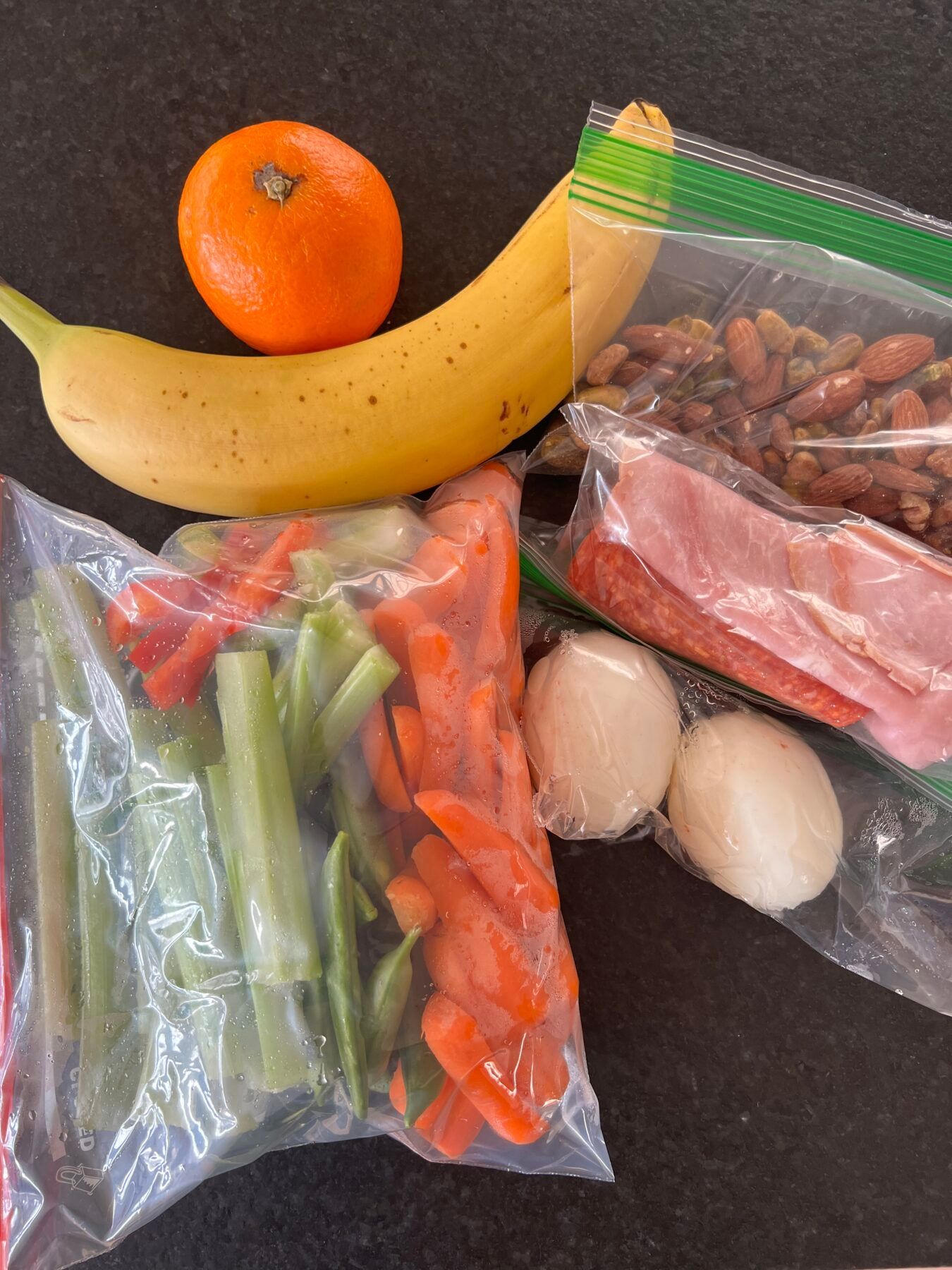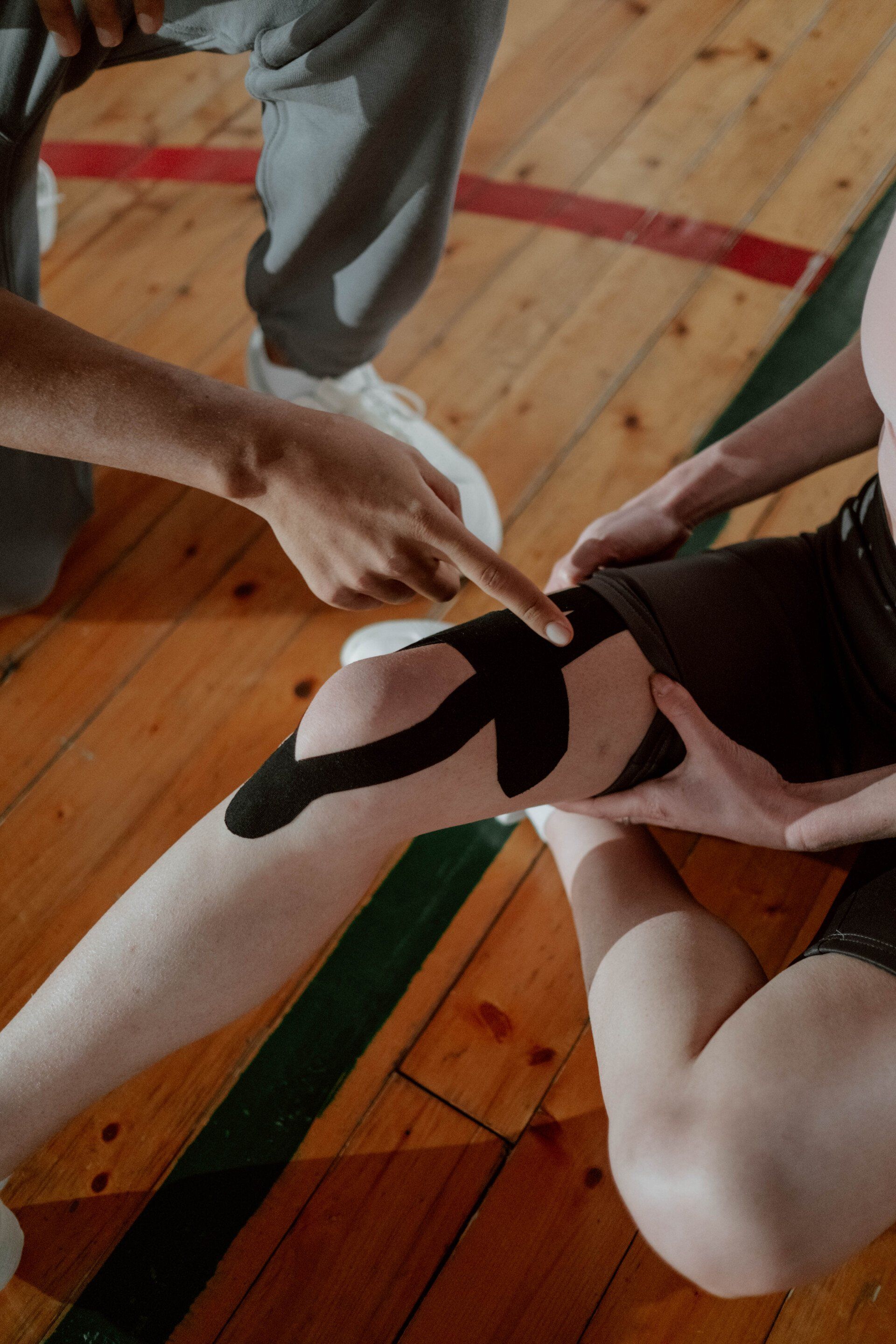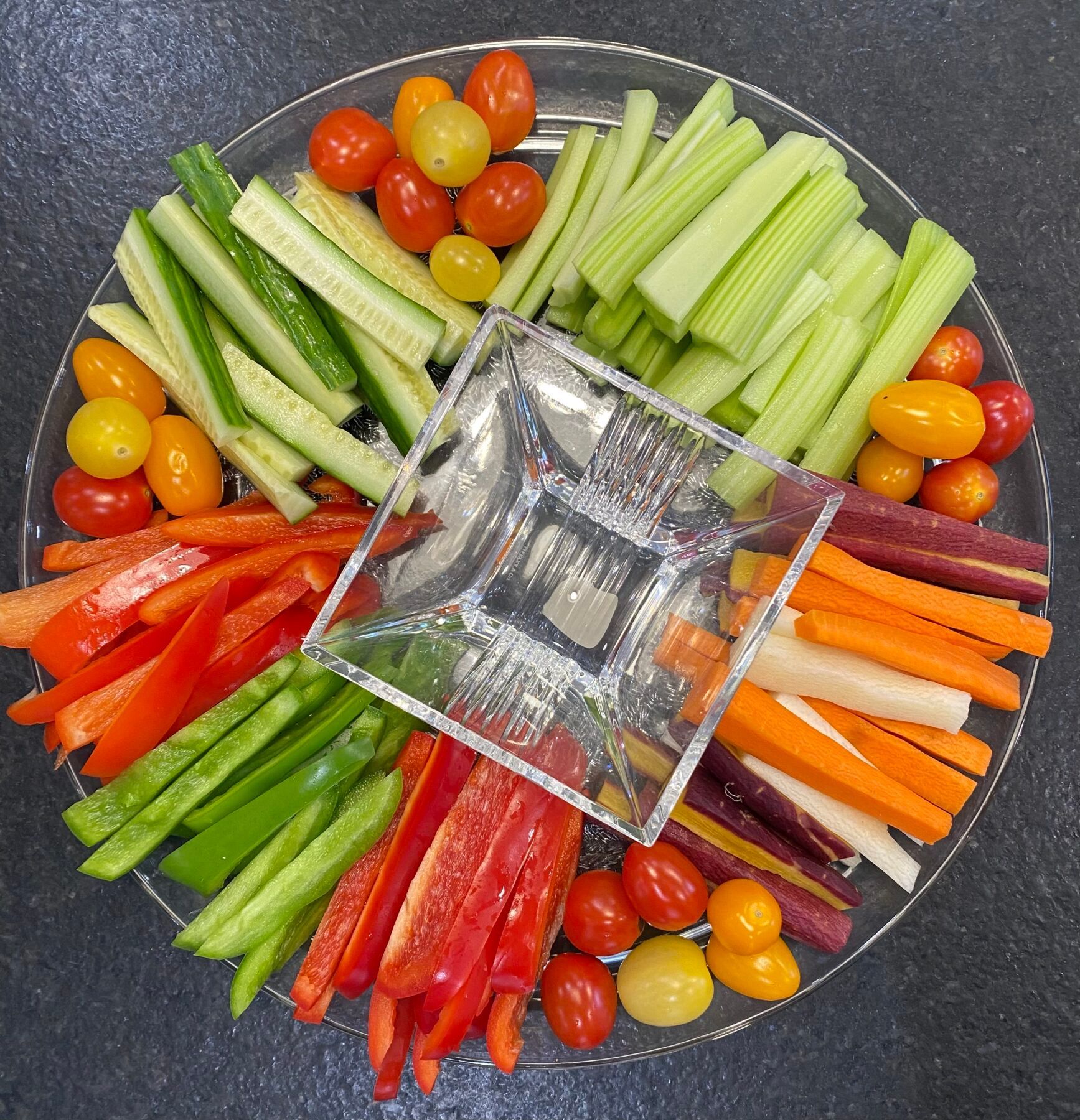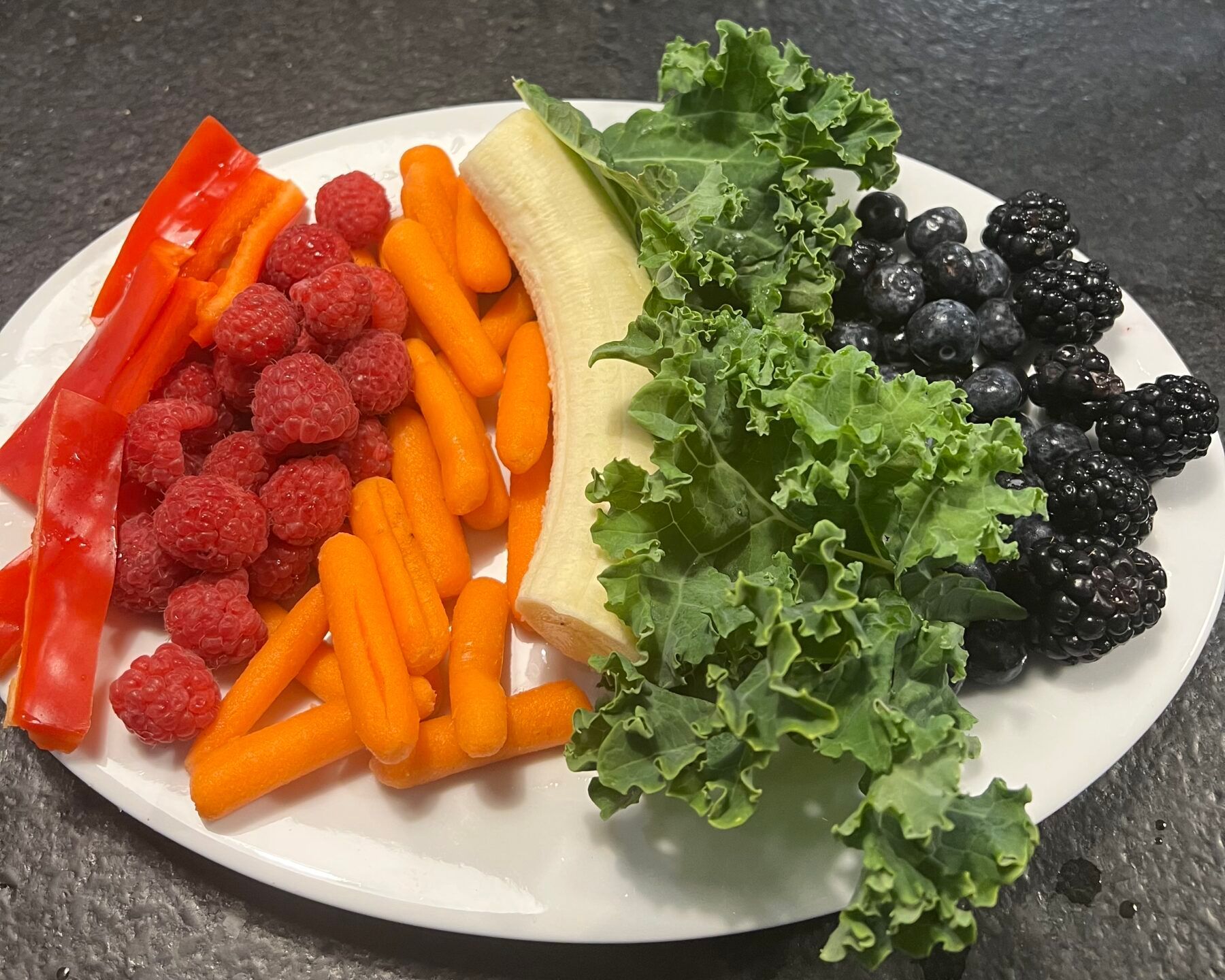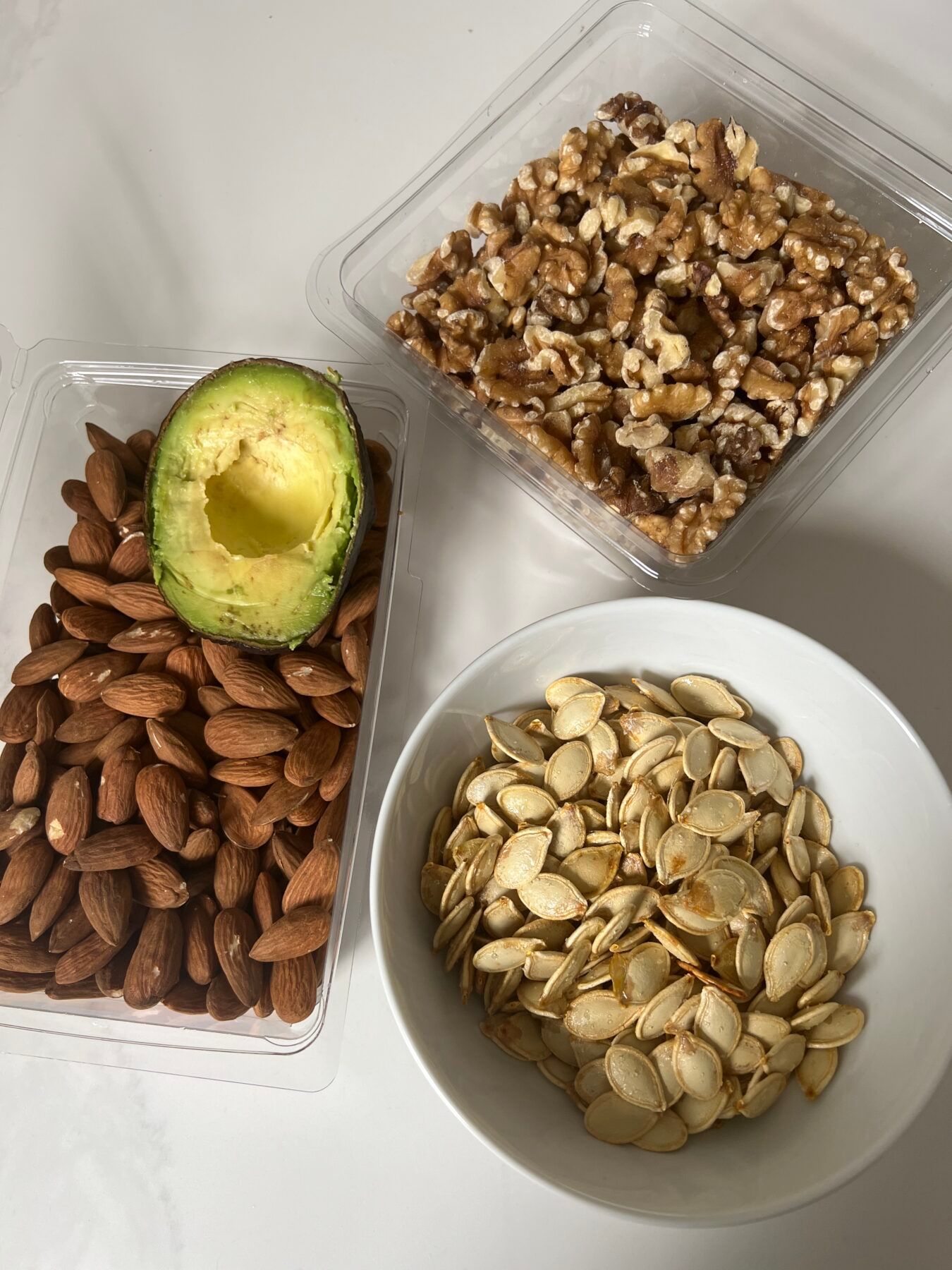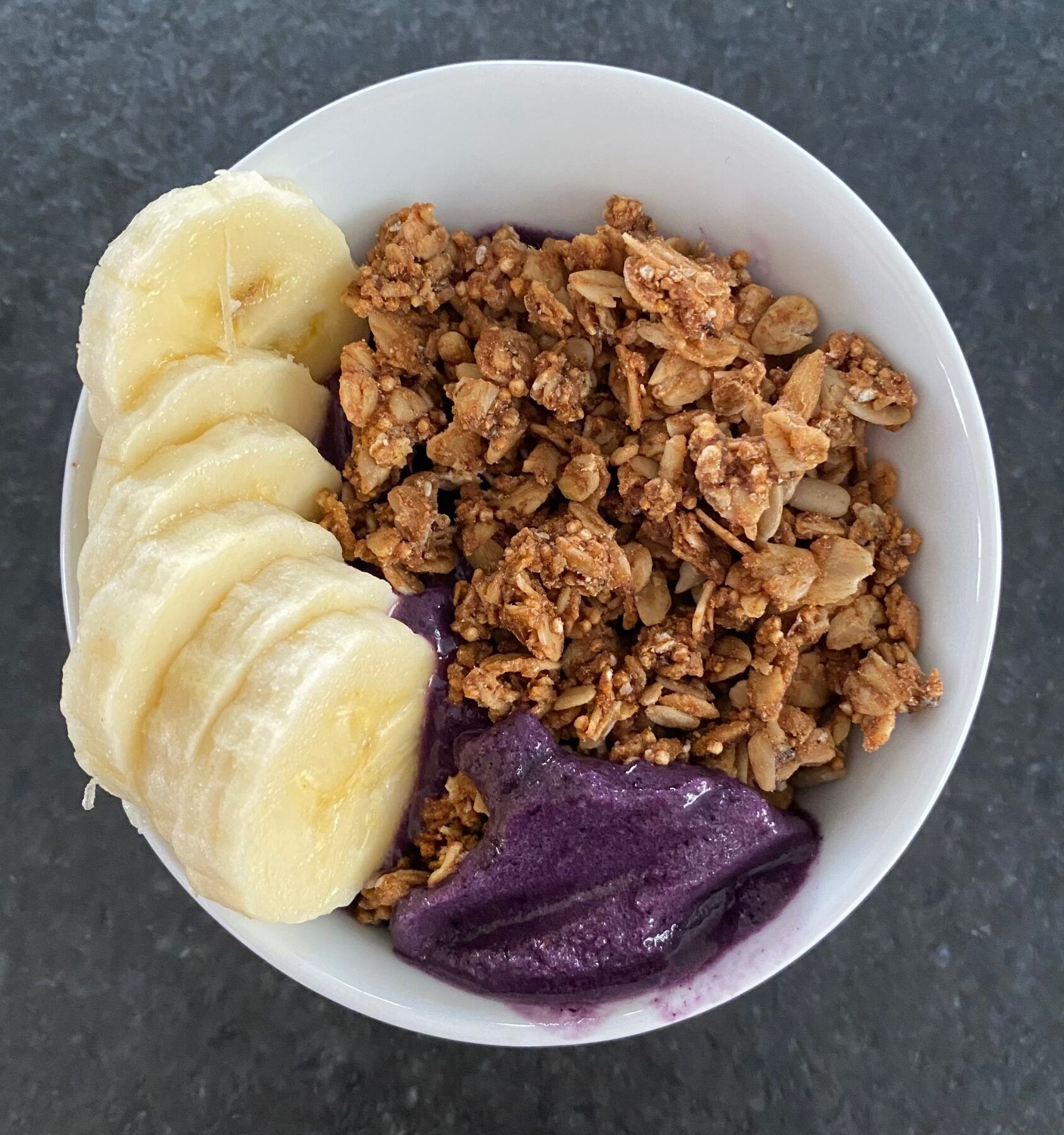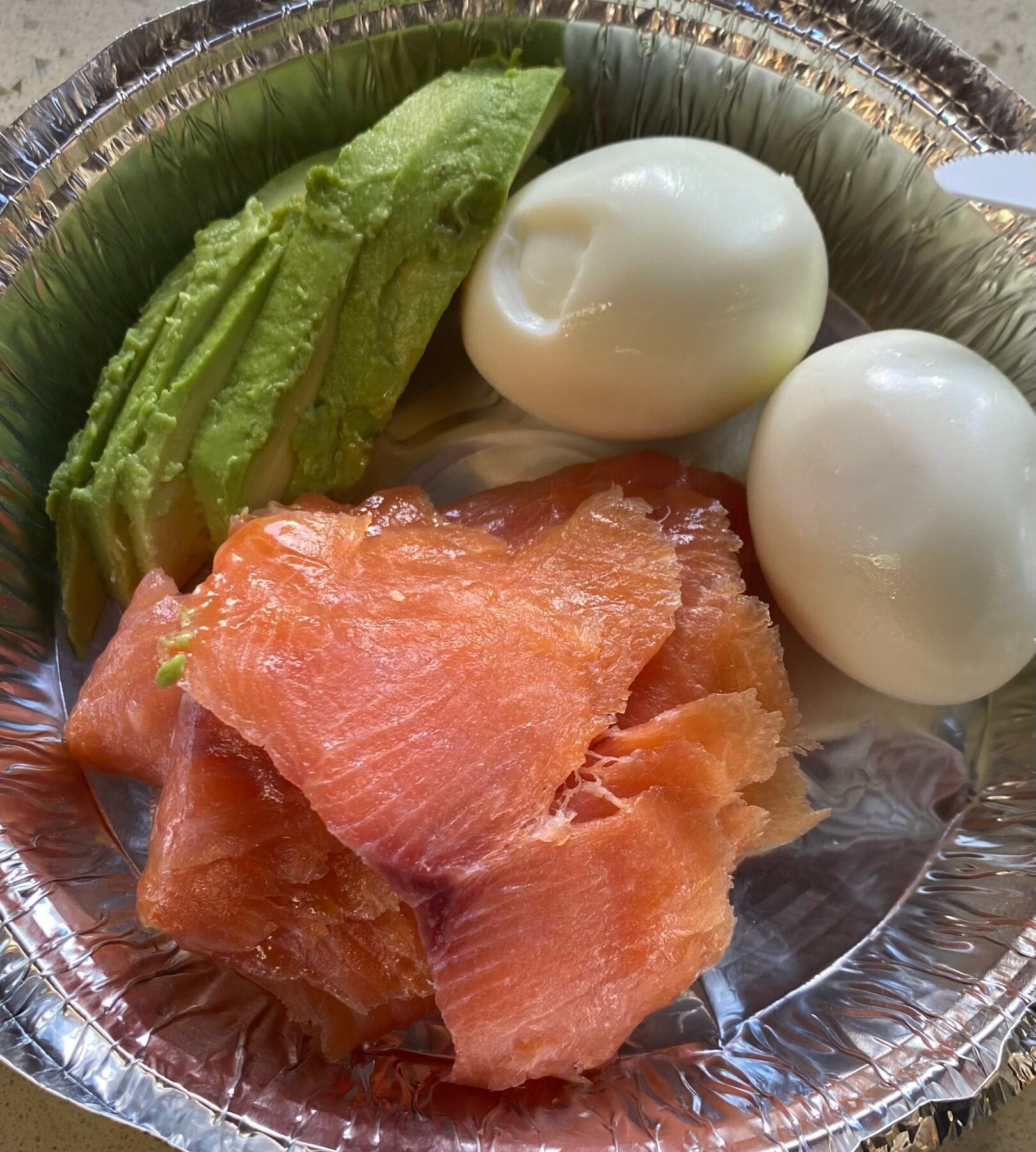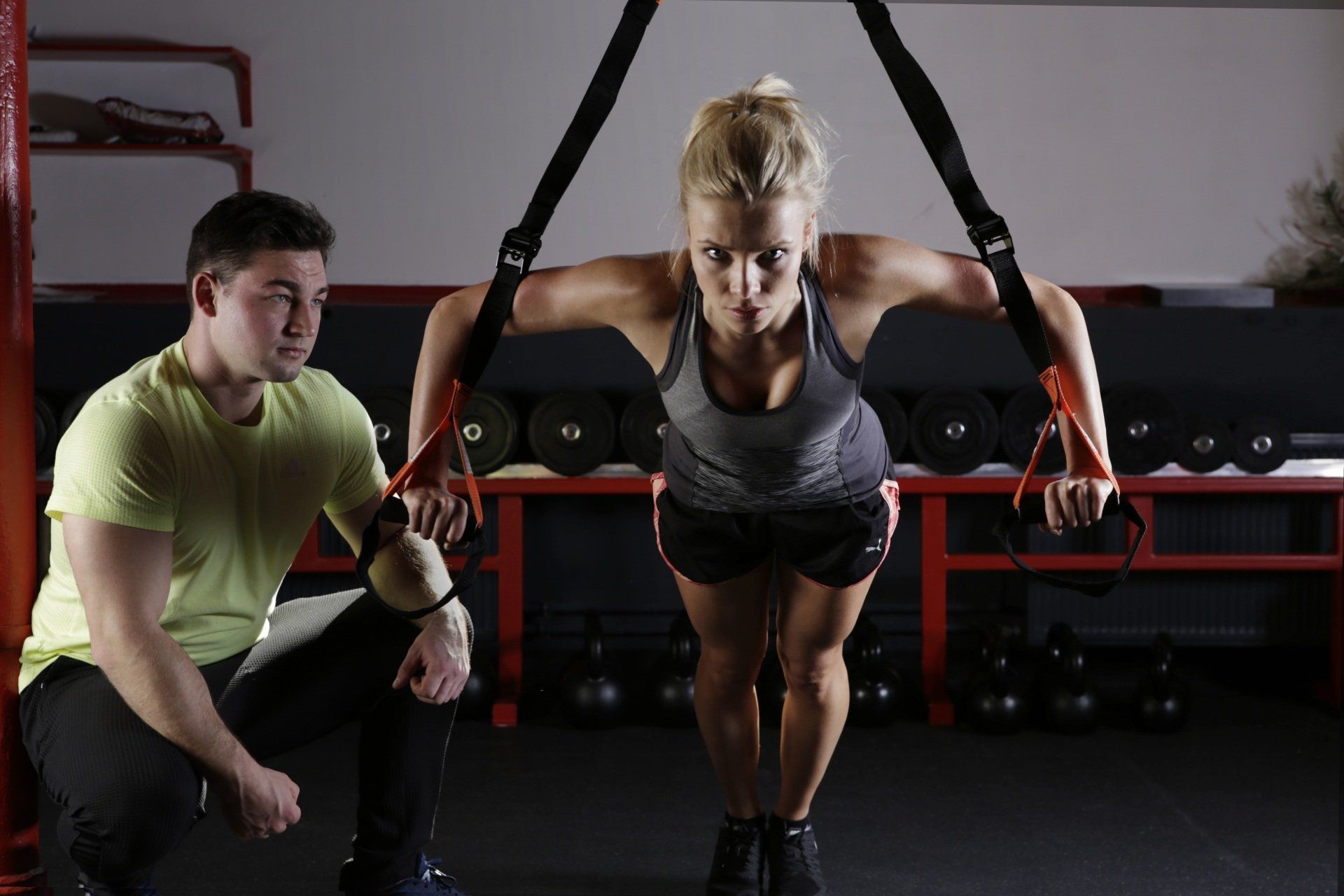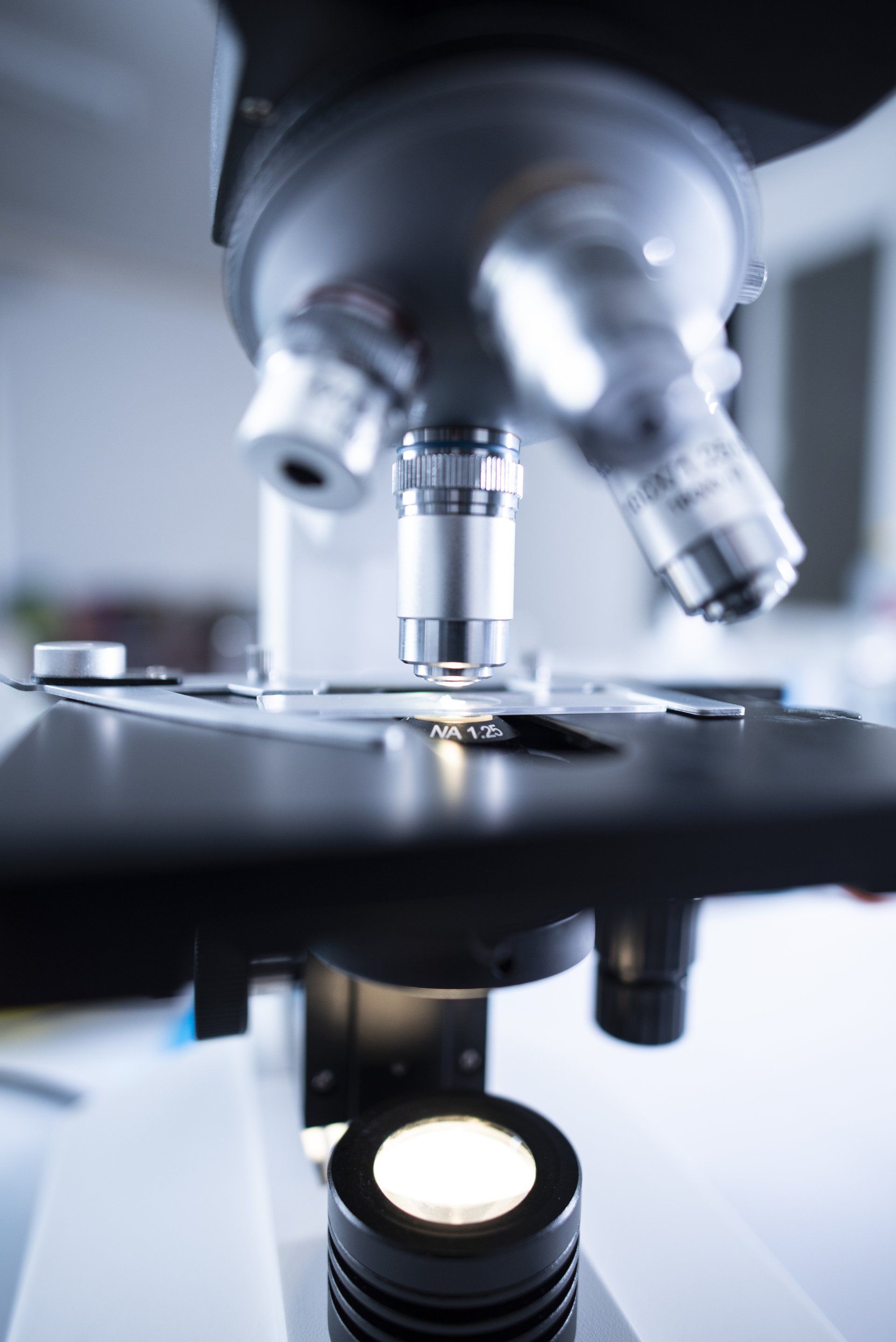Maximize Your Macros:
A Consumer’s guide to Fat, Carbs, and Protein…
Diet and nutrition are a highly individual journey and no one answer is true or right for everyone. The simple fact of the matter is that when it comes down to it, you have to figure out what works best for you. However there are some overarching philosophy that can channel your approach to healthy eating. When you figure out a style and frequency in your relationship with food that works well you will notice improvements in energy levels, focus, mood, and of course physical performance.
Fats
Paleo, Ketogenic, and Atkins diet have helped change many of the negative perceptions of fat in the diet. As Americans a far bigger threat to our health is a diet that contain high sugar and processed foods.Fats are not only not bad for you but are an essential source of fuel and micronutrients that make us healthy. It’s important to choose the right types and amounts of fats in your diet that let you operate at your best.
The chemical structure of a fat or fatty acid determines what role it will play in our bodies. Based on this structure we are able to classify fats in certain classes that share similar characteristics.
Fats can be divided into saturated, monounsaturated, and polyunsaturated fats.
Saturated fats are found in red meat and coconuts and up until recently have gotten a bad rap as culprits of heart disease. Monounsaturated fats are found in plant foods like nuts, avocado, and olive oil. Polyunsaturated fats include Omega-3’s and Omega-6’s which can be found in fatty fish, flax seeds, and walnuts and are associated with a variety of health benefits.
Fats are essential for energy requirements, hormone production, and make up the wall of every cell in your body. They are also directly related to our immune system and having the right ratio of fats is very important for a healthy inflammation response.
Carbohydrates
Carbohydrates are found across a wide variety of foods and depending on the structure of the molecule our body will respond to eating carbs in very different ways. Carbohydrates have a direct relationship with the glucose levels or blood sugar in our bodies. When our blood glucose levels become elevated our body releases a hormone called insulin to store this extra energy for later when we might have a greater need for it. This glucose is stored in the muscle and liver in long chains known as glycogen or the glucose can be stored in adipose tissue to be utilized later (aka fat storage).
Your goal should be to optimize the amount of carbs that are being stored as glycogen and minimizing excess carbs that would contribute to fat stores. Selecting the right types of foods like vegetables are beneficial because they contain fiber, vitamins, minerals and have a low glycemic index. The glycemic index measures how much a food increases our bodies glucose after consumption. High GI foods include white bread, white rice, and cereals. These foods can be very bad for your waistline, because if your body is not prepared to receive fuel and store it as glycogen they will immediately be stored as fat.
Our bodies can become insulin resistant and requires higher and higher amounts of insulin to store the glucose. Resistance training however, can increase our insulin sensitivity. That means that our cells are highly responsive to storing glucose when insulin is present. Focus on consuming low glycemic carbohydrates that provide key nutrients and avoid high sugar or refined ingredients.
Protein
Protein is found in and comprises most of the cells in our body. It is found in a variety of animal and plant sources. Protein is important because it contains amino acids, tiny molecules that are the building blocks of muscle and also used for the synthesis of hormones and neurotransmitters. Some of these amino acids are considered essential meaning they must be provided from a dietary source. Without these essential amino acids we will not be able to repair our tissues and certain vital processes will cease to happen.
Since protein helps us recover from and perform optimally during our workouts it is important to consume after a workout for muscle repair. Real food sources of protein include beef, chicken, eggs, and fish. Try to include these foods as staples in your diet. These foods have amino acid content that is similar to what our human body requires for repair. This is also known as the biological value of the protein. Vegetable sources of protein have a lower biological value and may lack one of the essential amino acids needed by humans. These foods must be strategically combined by vegans or vegetarians so they consume all the amino acids needed for tissue repair. As a vegan athlete it can be challenging to meet your needs without supplementation and can be difficult to get a full spectrum of key micronutrients.
Try to consume 1.0 to 1.5 grams of protein for every kilogram of body weight. For a 200 pound man (90 kg) that means 90 grams to 135 grams of protein per day. This will provide enough amino acids for your bodies daily needs. Unfortunately eating more protein doesn’t mean it automatically turns into muscle. Unused protein will be broken down and utilized as a fuel source by the body.
Hopefully knowing a little bit more about each of the macronutrients and how they act in your body will help you to make informed decisions. If you have more questions around a healthy diet give us a call today!
The post Maximize Your Macros: appeared first on CrossFit Wilmette.
